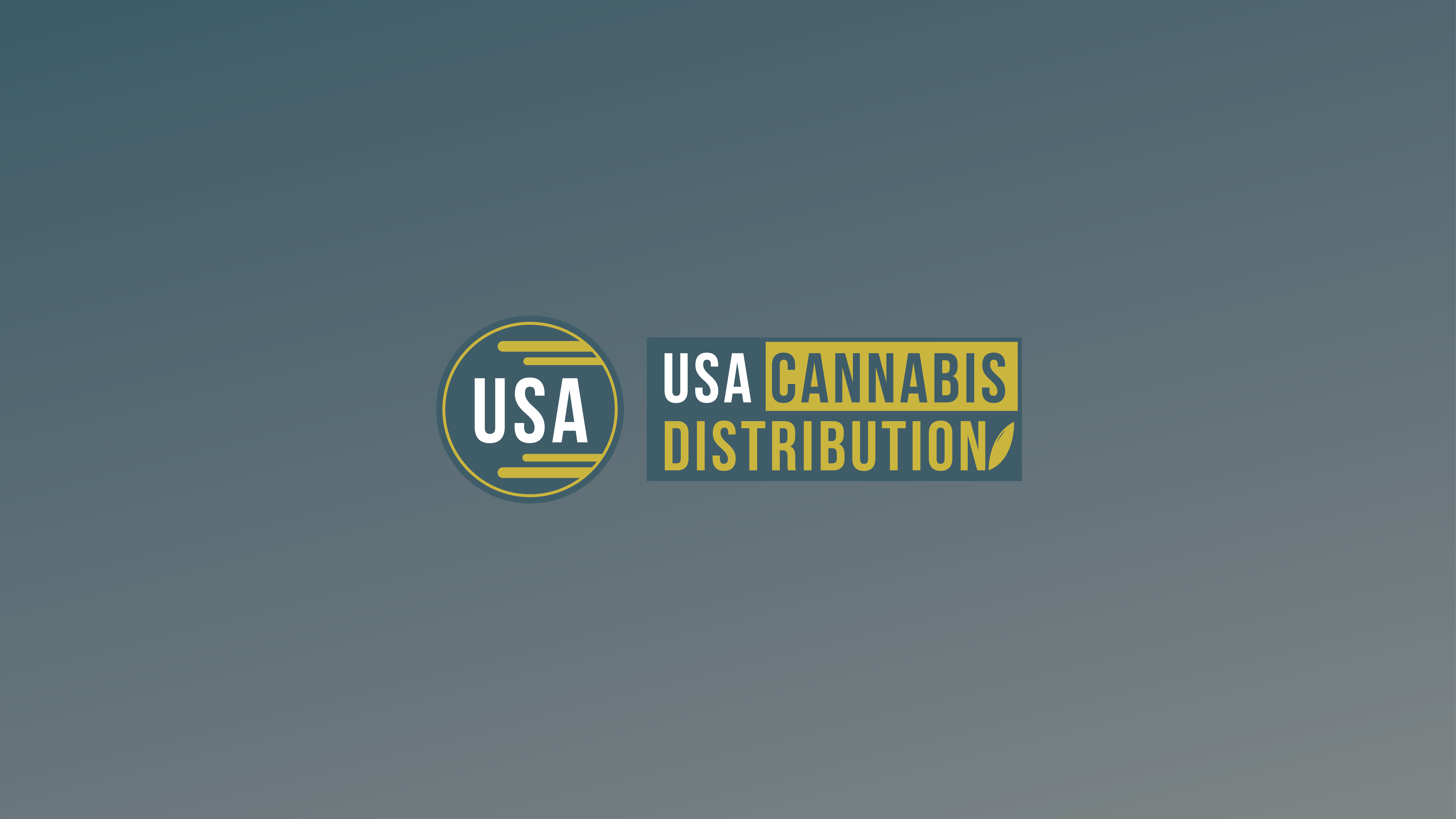Transporting cannabis products safely and securely is one of the most complex challenges facing the cannabis industry today. As the market grows, so does the demand for reliable transportation methods that ensure products arrive at their destination without tampering, theft, or degradation. Here’s a deep dive into the challenges and strategies to secure cannabis products while in transit.
The Security Challenge
Cannabis is a high-value commodity, making it a target for theft. Whether transporting raw materials, finished products, or cash payments (due to limited banking options), the risks are significant. Factors contributing to this challenge include:
- Legal Ambiguities Across States
Cannabis laws differ between states, complicating interstate transportation. A product that is legal in one state could be illegal in another, creating potential legal risks for transporters. - Lack of Standardized Guidelines
Unlike other industries, cannabis lacks federally mandated transportation security guidelines. This leaves businesses to develop their own protocols, which can vary widely in effectiveness. - Visibility to Criminal Networks
Delivery vehicles, especially branded ones, can be easily identified as transporting cannabis products, making them targets for organized crime.
Ensuring Product Integrity
In addition to theft risks, the quality of cannabis products must be preserved during transit. This includes maintaining appropriate temperatures, humidity levels, and packaging integrity. Products that arrive damaged or degraded could compromise consumer safety and the business’s reputation.
- Environmental Controls
Cannabis products are sensitive to light, temperature, and humidity. Transportation must involve climate-controlled vehicles and proper storage to maintain product quality. - Tamper-Proof Packaging
Products must be sealed in tamper-proof, child-resistant packaging to prevent unauthorized access during transit.
The Role of Technology
Technology has become a cornerstone of cannabis transportation security. Here are some of the most effective tools:
- GPS Tracking
Advanced GPS systems allow companies to monitor vehicle locations in real time, providing immediate alerts if a vehicle deviates from its route. - Dashcams and Onboard Surveillance
Camera systems can record all activity in and around the vehicle, acting as a deterrent and providing evidence in case of theft. - Blockchain for Supply Chain Integrity
Blockchain technology ensures the authenticity of products by recording every step of their journey. This increases accountability and prevents counterfeit goods from entering the supply chain.
Hiring and Training Challenges
The human factor in cannabis transportation is just as critical as the technological one. Hiring trustworthy drivers and providing them with proper training is paramount. Challenges include:
- Background Checks
Drivers must undergo rigorous background checks to ensure they are reliable and have no criminal history. - Training in Emergency Scenarios
Drivers should be trained to handle emergencies such as vehicle breakdowns, attempted robberies, or law enforcement stops.
Mitigating Risks with Best Practices
To navigate these challenges, cannabis businesses must implement comprehensive risk mitigation strategies:
- Unmarked Vehicles
Avoiding branded or identifiable vehicles minimizes the risk of targeting by criminals. - Secure Route Planning
Planning routes in advance to avoid high-crime areas and minimizing stops can reduce risk. - Secure Warehousing
Temporary storage facilities along transport routes should be equipped with security systems, including cameras, alarms, and secure locks. - Insurance Coverage
Investing in insurance that specifically covers cannabis transportation can help businesses recover losses in case of theft or damage.
Looking Ahead: Federal Oversight and Industry Standards
As cannabis legalization expands, there is hope for standardized federal guidelines to improve transportation security. Industry groups are also pushing for clearer regulations and better support, such as access to banking systems to reduce the need for cash transportation.
Final Thoughts
Transporting cannabis products safely is a complex, multi-faceted challenge that requires a blend of technology, well-trained personnel, and strategic planning. By proactively addressing these challenges, businesses can protect their investments and ensure products reach their destination safely, maintaining consumer trust and compliance with regulations.
The road ahead may be paved with obstacles, but with innovation and vigilance, the cannabis industry can continue to grow while safeguarding its most valuable assets.

